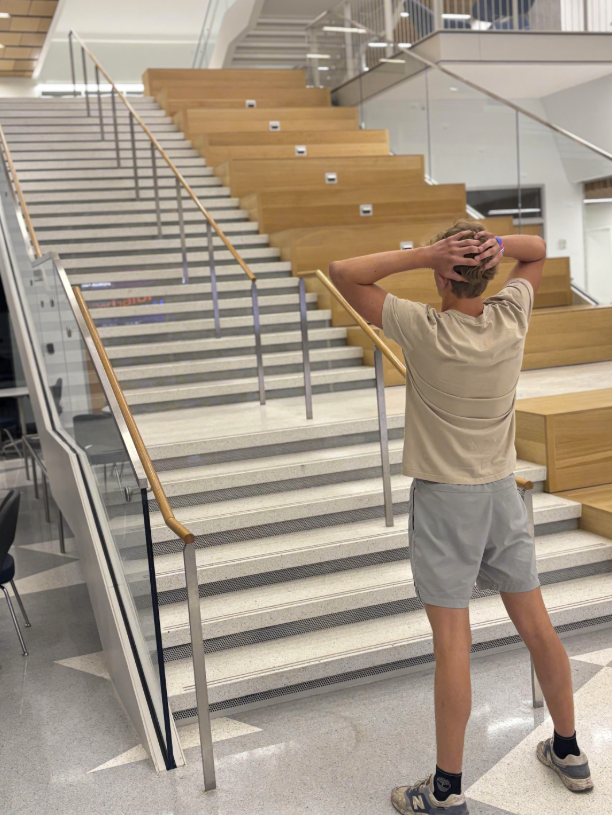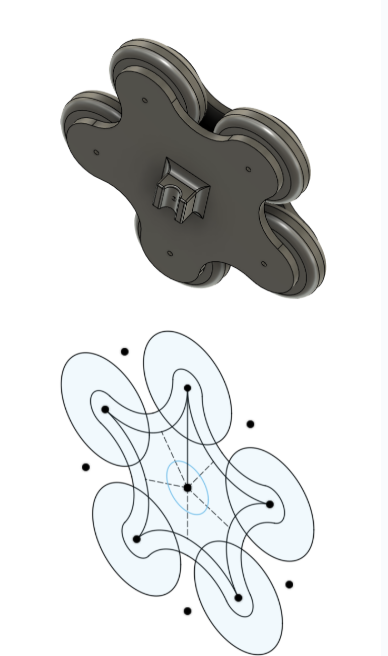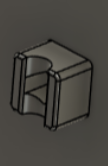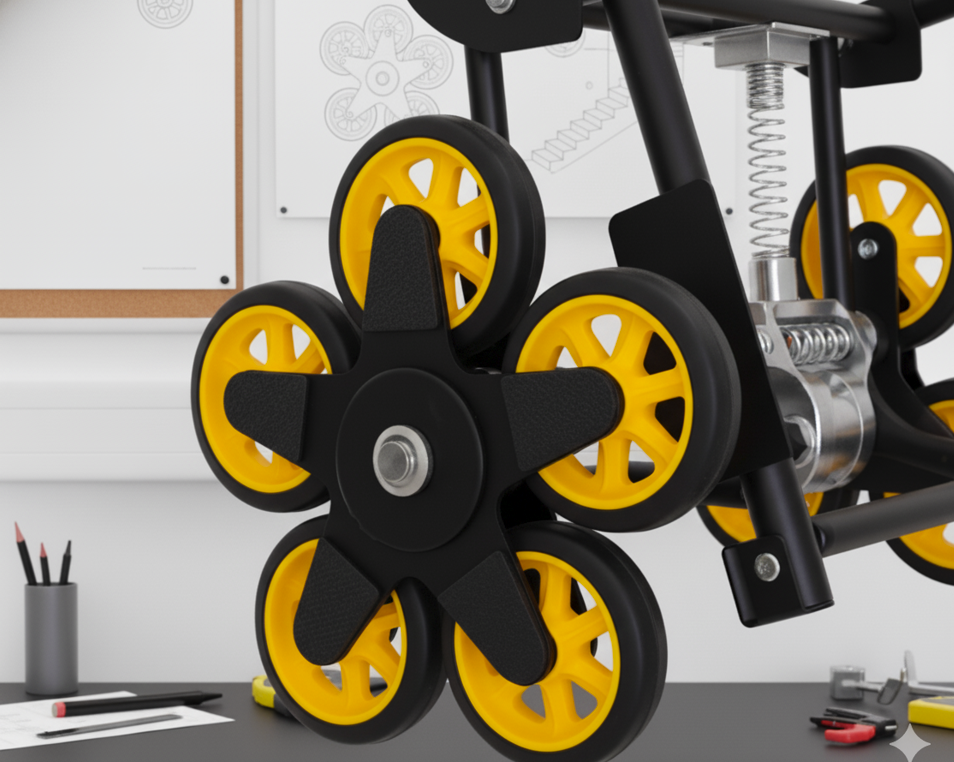1. Problem Definition
Why we needed to re-think traditional walkers for multi-level homes.
Limited post-surgery mobility on stairs
Many patients recovering from hip, knee, or spine surgeries are discharged with a walker, but still cannot safely use stairs. Traditional walkers provide forward stability on flat ground but require lifting or unsafe maneuvering on steps.
This leads to dependence on caregivers, reduced use of key rooms in the home, and slower recovery. The traditional walker opposes the Designathon prompt to enhance autonomy and comfort.






